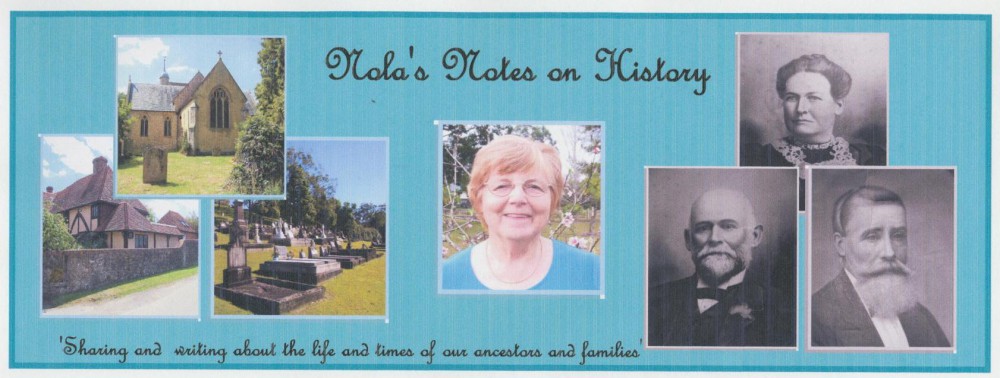Today, 230 years ago, on 28 June 1790 our ancestors, Thomas and Harriet Hodgetts arrived in Sydney on the Second Fleet.
Firstly, let us go back a few weeks previously.
1st June 1790.
The colony at Sydney Cove had been on shortened rations for some months. Little work had been done towards building accommodation for the expected arrival of convicts in the Second Fleet. Morale in the colony was low.
21st June 1790.
Much had happened in the colony in the space of three weeks, including the arrival of the convict transport the Lady Juliana with convict women and stores on 3rd June, and the store-ship Justinian on the 20th June with the much-needed stores for the colony. At long last, there was the expectation that everything could get back to normal in the colony. Most importantly the full weekly ration was ordered to be issued and the ‘drum sounded’ to recall convicts back to labour at 1 pm so the job of erecting accommodation for the newly arrived and expected convicts could get underway.
23rd June 1790.
Early in the morning, a sail was sighted at the look-out on the South Head, but the weather came in quickly and the ship was lost from sight as the gale-force winds pushed her out to sea.
It was not until two days later when the weather had cleared that the ship could finally be seen again as it slowly made its way through the heads. It was the Surprize, a convict transport under Nicholas Antis, who had sailed in company with the transports Neptune and Scarborough.
The scene on arrival of the Surprize was in direct contrast to the arrival of the Lady Juliana some three weeks before, whose female convicts had embarked in good health, having few deaths on the voyage.
The Surprize arrived with more than a hundred of the 218 male convicts on board ill, most with scurvy and dysentery. They were moved to the hospital as soon as possible. Tents had to be erected to take the overflow of the sick.
Later that day the signal flew at the South Head that further ships had been sighted.
These were the convict transports, Neptune and Scarborough, under Captains Trail and Marshall respectively. They too had been blown out to sea with the recent Winter gale.
They finally made their way through the heads and anchored off Garden Island.
The next day the ships warped into Sydney Cove to unload their cargo. The first priority was the human cargo.
Much has been written about the terrible conditions endured by all those who arrived on these ships and the horror of those who witnessed that arrival. Graphic details were given in letters and journals by marines, clergy, government officials, and even convicts.
Our ancestors, Thomas and Harriet Hodgetts arrived on those ships. Thomas as a convict on the Scarborough and Harriet as a free woman on the Neptune.
What was it like for them on the day of arrival?
It was cold, very cold. Everyone was wet, very wet, and had been for weeks. Everyone was hungry, very hungry. They had had little food for weeks and that was mostly hard mouldy ships-biscuits which had been made years before. Washed down with a little water if it was available.
Absolutely terrible! Right? How could this happen? The masters of the ships had been heartless scoundrels and responsible for the carnage! Some 230 years later everyone knows this. Right?

The truth of the matter was that these ships were in trouble even before they sailed from Portsmouth on the 19th January 1790. The carnage was inevitable with many at fault, from politicians to Admiralty, contractors, government officials, marines, crew, and even the convicts themselves. The domino effect and even the weather conspired and moved towards what we might call the perfect storm.
It was a miracle that the ships arrived at all, although with only two-thirds of their human cargo alive, with many dying after their arrival.
How did Thomas and Harriet survive? What if, we, their descendants, were able to interview them. What would we ask them about the voyage? What might they tell us?

















